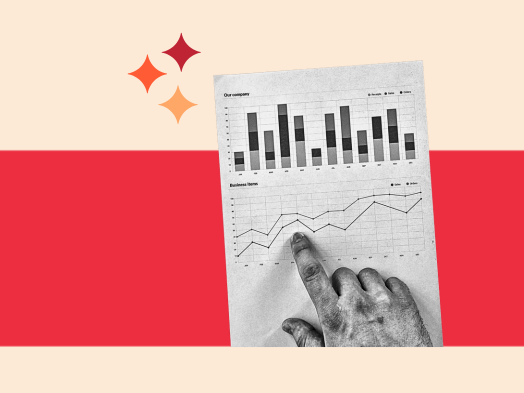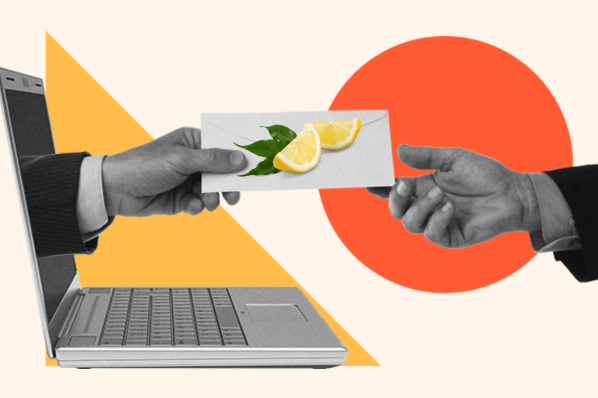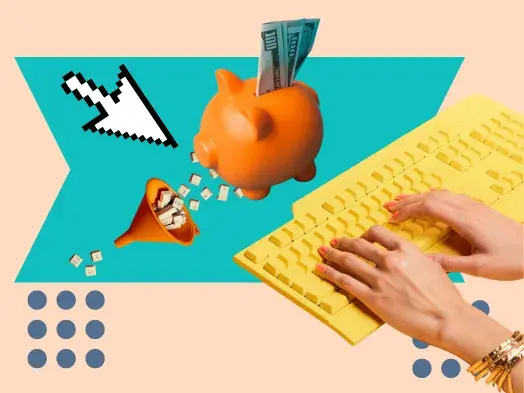The challenge? While it’s easy to find anecdotal evidence of gamification making marketing efforts better, it’s more difficult to track down a gamification guide that helps marketers make this approach work for them. In this piece, we’ll walk you through gamification basics, common strategies, and real-life examples to help your campaign take the lead.
Put simply, it’s the process of turning any process into a game. For marketing teams, it could be turning your inbound marketing into a game in order to achieve a specific outcome. Your audience (customers, leads, fans, followers, readers, whoever) engages in a game that offers the chance to win something, and in return, you get a marketing boost.
It's sort of like when we host a webinar and say whoever tweets the webinar's hashtag the most gets a free ticket to our next marketing conference -- it taps into people's competitive spirit and drive to win, and gets our content more exposure on Twitter. Again, a win-win scenario, and one that's more creative than just asking someone, "Hey, can you tweet this link?"
Some common gamification strategies for marketing teams include:
Website Games
Website games take many forms. They can be simple, “spin the wheel” pages that pop up when customers click through to products or when they arrive on your site, or they might be virtual scratch cards that let buyers earn a discount on their favorite products.
No matter the type, the key to website games working is keeping them simple and relatively unobtrusive. Make it easy for users to play, always let them win something, and let them quickly close out games if they’re not interested.
Loyalty Programs
Loyalty programs are also a great way to gamify the customer experience. By offering customers points, stars, or other currency after they make a purchase and tying these currencies to discounts or special offers, brands can keep their target audience coming back.
Completion Meters
Another way to engage customer interest is through completion meters. This is an especially useful tactic for brands looking to keep customers interested in their mobile applications. By giving users a goal to reach or another level to earn — along with commensurate benefits — companies can drive ongoing engagement.
Virtual Badges
Virtual badges or rewards for specific actions can help keep customers coming back and encourage them to earn the next digital award, especially if it’s tied to a discount or other benefit.
It’s one thing to know the basics — it’s another to implement gamification efforts that directly benefit your business. Here’s a look at 10 real-life examples for your brand to try.
KFC: Mobile gaming
KFC Japan decided the best way to engage users was with a mobile “advergame” called Shrimp Attack. The premise was simple: Users swiped away at virtual shrimp falling from a cartoon sky and encouraged them to try the restaurant’s new line of battered shrimp with reward vouchers.
According to Gamify, the company that created the game, 22% of people who played the game redeemed their vouchers and the company had to adjust campaign timing to account for increased demand.
Under Armour: Trivia
Under Armour engaged with users through its “Steph IQ” quiz application, which asked questions about point guard Steph Curry whenever he sank his first three-pointer of a regular season game. The app was set up elimination-style to test users’ knowledge of Curry while also engaging them with the Under Armour brand.
M&M’s: Digital puzzles
In 2010, popular and delicious candy brand M&M’s launched a chocolate-coated pretzel flavor. While the new treat did well, the company wanted to boost user engagement. The solution? A digital puzzle that tasked users with finding a pretzel image hidden in a field of M&M’s.
The effort worked: M&M’s saw 25,000 new likes for the company and the game was shared over 6,00 times.
Starbucks: Rewards app
Want a coffee? Why not get some rewards to go with it? This is the idea behind the Starbucks Rewards app, which gives customers the ability to earn “stars” for every purchase which can be redeemed for drinks or food.
The star-based solution has seen significant success: According to QSR Magazine, the app-based membership program accounted for 52% of all US store sales in 2021.
Nike: Fitness competition
NikeFuel is a fitness app that pairs with Nike wearable devices and encourages users to share their fitness goals and accomplishments. Not only does this help promote social recognition of the brand but also helps Nike integrate their brand into the everyday lives of users.
Duolingo: Gamified education
Oh, that owl. If you’re familiar with this language-learning app, you know that the company’s owl mascot appears regularly to remind users that they haven’t done their session for the day.
More importantly, however, is the use of minigames to help users learn a new language. With multiple short games that include selecting the right word to complete a sentence, listening to a phrase and then translating it, or speaking into your device’s microphone to see if you have the pronunciation right, Duolingo is doing gamification right.
They’re doing so well, in fact, that research has been published on their methods.
Wordle: Streak counter
If you haven’t heard of Wordle, where have you been? This get-it-in-six tries word guessing app was recently purchased by the New York Times, and while the company hasn’t heavily monetized it yet, there’s certainly potential to head in that direction.
One key element of the game beyond the game itself is the streak counter, which shows users their completion rate over all the puzzles they’ve done. Miss a day, and your counter starts over.
eBay: Emotional investment
While eBay doesn’t get the kind of traction it used to thanks to the rise of sites like Amazon and Etsy, it still generated almost $2.5 billion worth of sales in Q1 2022.
Part of the appeal is the game-like structure of the sales process. Users bid on items they want, and if they’re lucky can score a great deal — if they’re not outbid. EBay allows users to both set a maximum bid and get notifications if they’re outbid, allowing them to continually engage with the purchase process.
The US Army: First-person gaming
To help capture the interest of new recruits, the US Army created its own FPS game called America’s Army: Proving Grounds. This allows gamers to try out small-group tactics that prioritize working together with squad mates and is available on popular app stores such as Steam.
Headspace: Social sharing
Meditation app Headspace encourages users to complete their first medication within three minutes of opening the app. If they do, they receive an achievement they can share with others. All achievements are sharable, allowing Headspace users to continually connect.
Time to Level Up
Gamification in marketing can help your campaigns go from forgettable to fun, both engaging users and driving increased sales.
Best bet? Start simply. Select one approach to gamification and implement it on your website, mobile application, or email campaigns. Then, see how users react and make changes to improve the experience.
With a little time and effort, your brand can level up gamification marketing and create reciprocal interaction with customers that both drives initial conversion and creates sustained interest.
Editor's note: This post was originally published in September 2012 and has been updated for comprehensiveness.
Marketing Strategy

-Aug-26-2022-06-44-34-29-PM.png)





![The state of inclusive marketing in 2025 [new data + expert insight]](https://53.fs1.hubspotusercontent-na1.net/hubfs/53/inclusive-marketing-report.webp)
![How marketers are navigating a possible recession (and advice about what you should do during it) [new data]](https://53.fs1.hubspotusercontent-na1.net/hubfs/53/image12-May-27-2025-02-18-19-8390-AM.png)



![Cultural Marketing: What It Is & How to Do It The Right Way [According to Experts]](https://53.fs1.hubspotusercontent-na1.net/hubfs/53/Untitled%20design%20-%202025-04-03T163531.949.jpg)